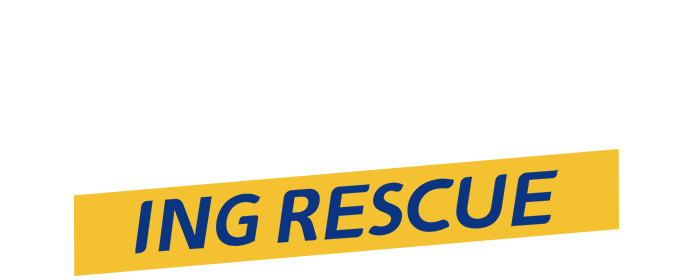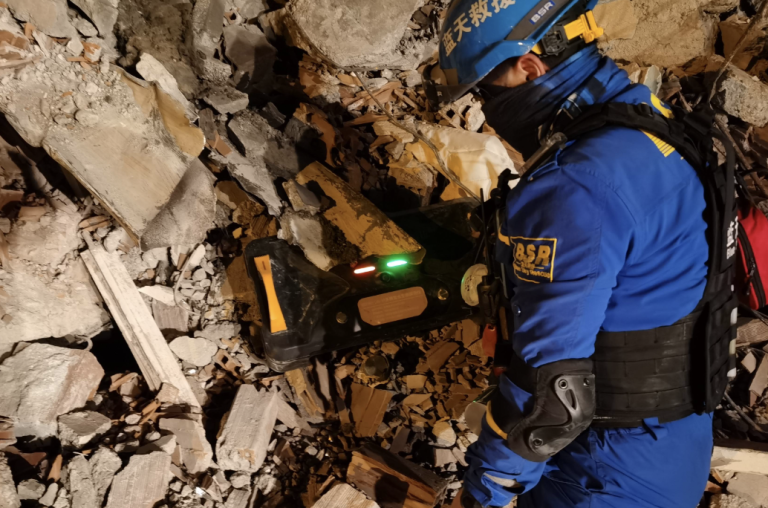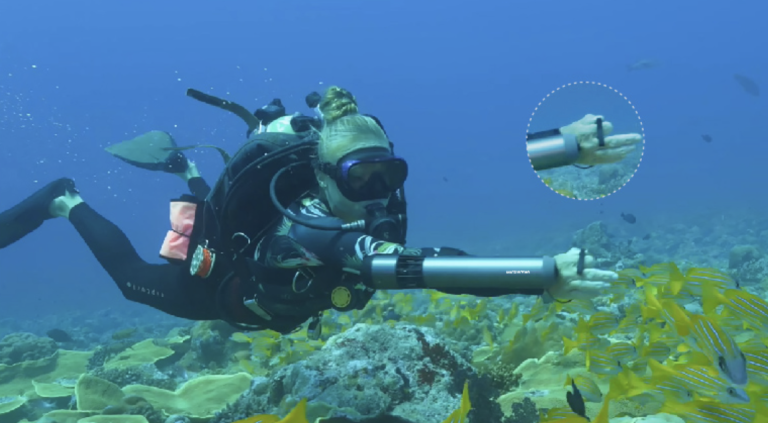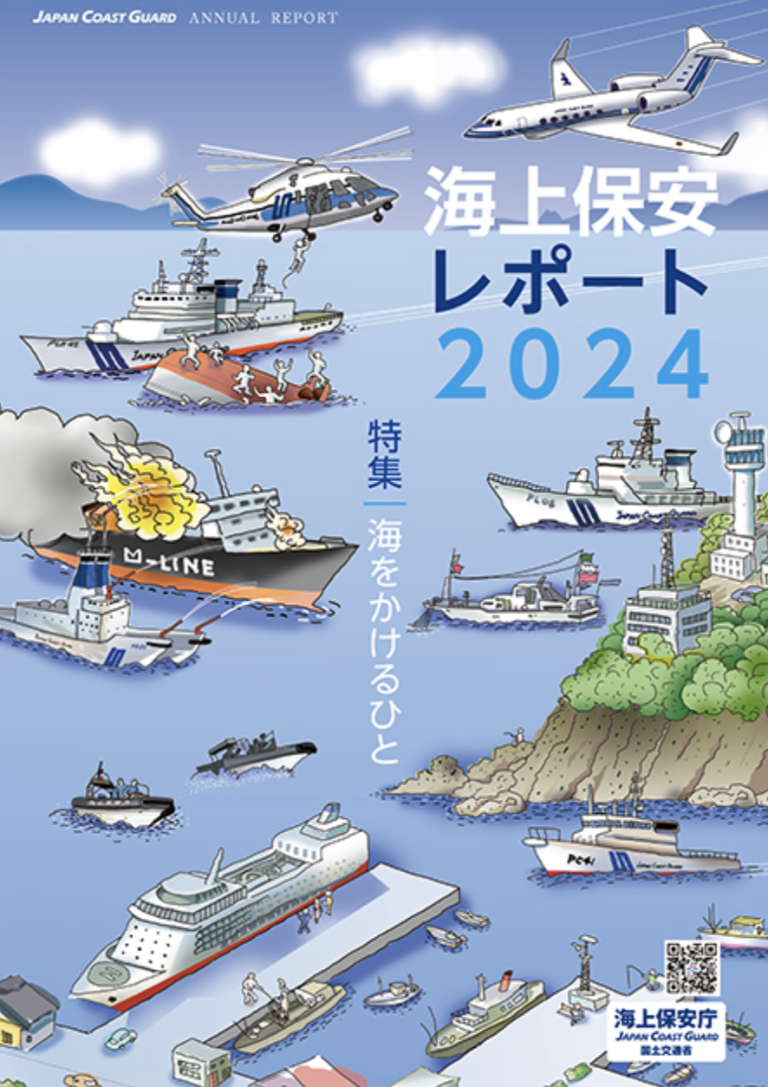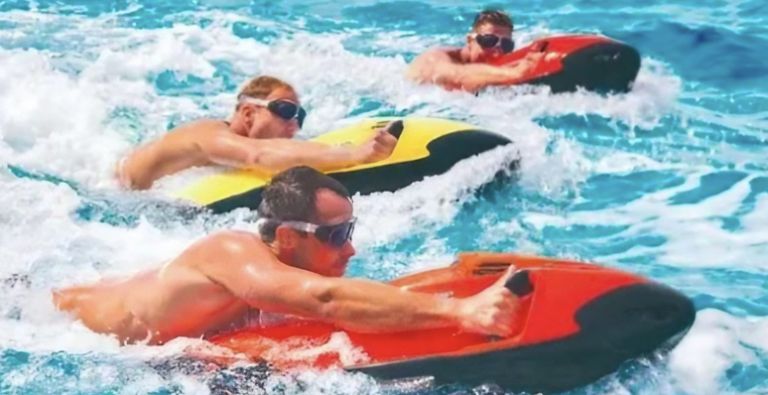On April 22, 2025, a large-scale emergency rescue drill was conducted along the Hankou section of the Yangtze River in Wuhan. The conditions were tough—strong winds, rough waves, and a simulated accident involving a ship collision, onboard fire, crew overboard, and cargo sinking to the riverbed. The drill was organized by the Wuhan Water Police Department and the Yangtze River Wuhan Emergency Rescue Base, with support from multiple agencies. A range of advanced equipment—including drones, unmanned surface vessels (USVs), submersibles, and high-speed rescue boats—was deployed in a highly coordinated and realistic training operation.

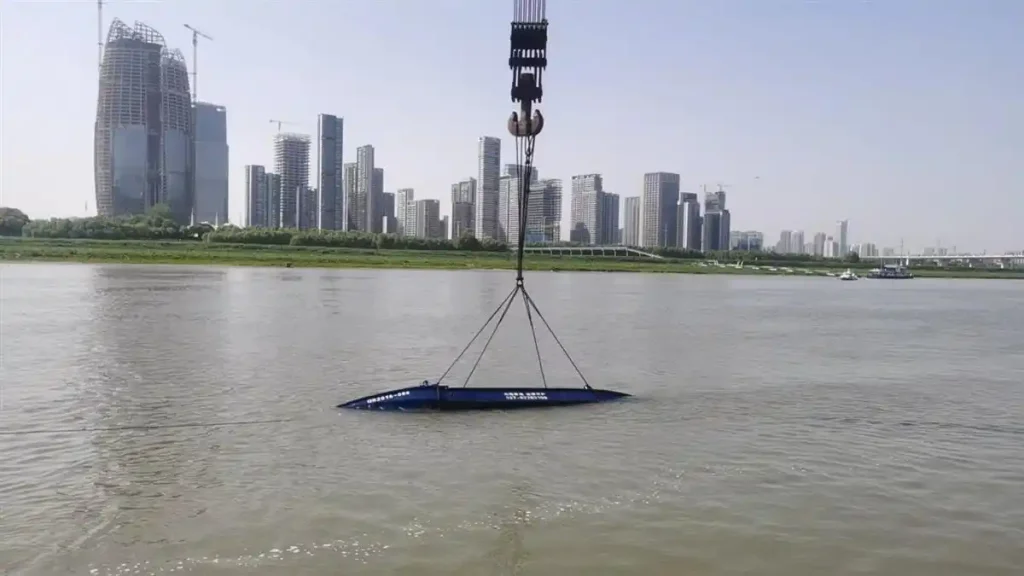
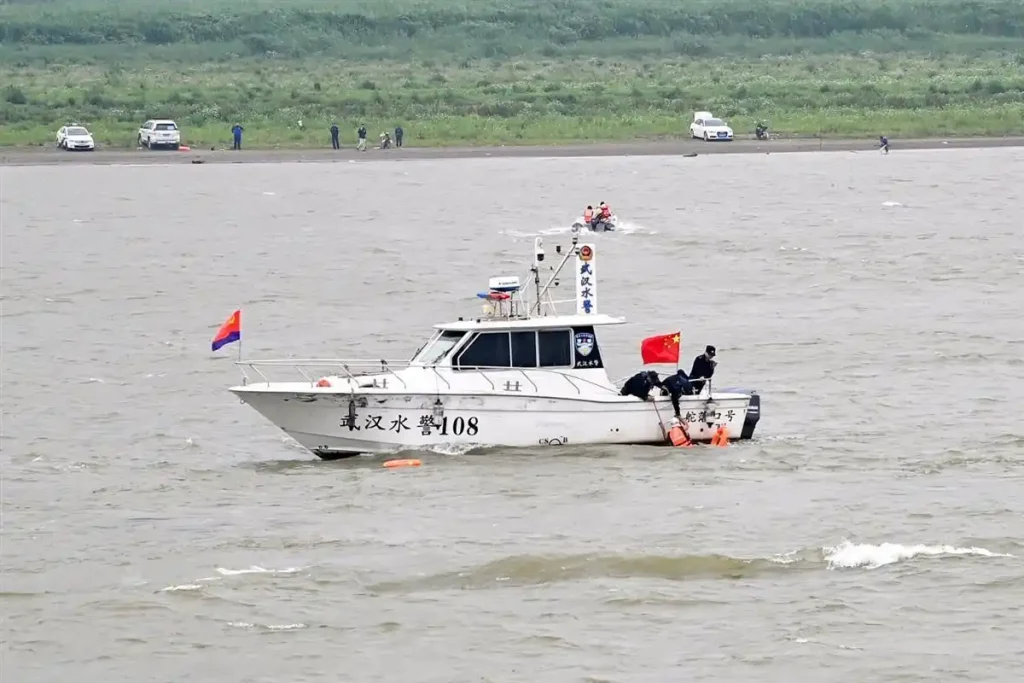
As a manufacturer of water rescue equipment, ING RESCUE pays close attention not only to how quickly accidents are handled, but also to how technology can amplify the effectiveness of rescue operations—helping teams work faster, safer, and more precisely.
Multi-Equipment Coordination: Reshaping the Future of Water Rescue
The Wuhan drill featured three key rescue scenarios—man overboard search and rescue, shipboard fire suppression, and underwater cargo retrieval—carried out simultaneously. Each scenario gave advanced equipment a chance to prove its worth under pressure:
- Drones with life ring deployment: Identifying and reaching people in the water from above, delivering life-saving equipment quickly;
- Unmanned surface vessels (USVs): Navigating swiftly through turbulent waters to recover individuals;
- Side-scan sonar + divers: Pinpointing and retrieving sunken cargo with speed and precision;
- Firefighting vessels: Using water cannons to control the blaze and protect surrounding areas;
- Integrated command system: Ensuring seamless coordination between different departments for efficient resource allocation.
This level of smart collaboration reflects the product development goals we pursue at ING RESCUE: highly integrated systems, rapid deployment, and adaptability across various rescue environments.
Tech-Driven Transformation: From Traditional Response to Smart Rescue
In the past, water rescues largely depended on manpower, experience, and familiarity with the area. But today, with the integration of smart technology and high-performance hardware, rescue operations are entering a new era of intelligent response.
ING RESCUE’s remote-controlled lifebuoys, smart water rescue robots, and water-wing rescue vehicles are already equipped with features such as:
- Remote control and autonomous navigation: Perfect for rivers, lakes, and complex water conditions;
- Precision equipment delivery: Increasing survival rates during the crucial “golden hour”;
- Modular design: Adaptable to various mission types—search and rescue, cargo transport, surveillance, recovery;
- Advanced communication systems: Supporting GPS, Beidou, and Galileo navigation to meet both domestic and international standards;
- Wind and wave resistance: Ensuring stable performance even in harsh water conditions.
The Wuhan drill highlighted the importance of these capabilities. In a chaotic environment—strong winds, low visibility, and fast currents—automation and remote operation proved to be game changers.
Building Connected Rescue Networks Through Unified Systems
Another standout aspect of the drill was the multi-agency joint command and cross-platform equipment collaboration. This reflects a growing trend we’ve observed while working with emergency departments across regions: water rescue is moving from isolated efforts to interconnected response systems.
This evolution requires not only joint action plans, but also interoperable equipment and real-time data sharing. At ING RESCUE, we’re advancing toward full systems integration—designing devices that aren’t just tools, but data nodes that upload information, receive remote commands, and respond dynamically to unfolding situations.
We believe future rescue missions won’t be standalone operations. They’ll be part of a larger, connected network involving multiple agencies, teams, and technologies. And as manufacturers, our role is to create reliable, intelligent connection points within that system.
In Summary: Real-World Drills Drive Innovation Forward
Wuhan’s water rescue exercise was more than a display of capability—it served as a mirror reflecting the future of rescue operations:
- Automation and intelligence will become the new standard;
- High mobility and integration will guide equipment development;
- Multi-party collaboration and data connectivity will shape the new rescue ecosystem.
As a dedicated water rescue equipment manufacturer, ING RESCUE is committed to pushing the boundaries of innovation. By harnessing cutting-edge technology, we aim to make every rescue mission safer, faster, and more effective. We welcome government agencies, rescue teams, and industry partners to join us in building a new standard of safety on the water.
Together, we safeguard lives at sea and on rivers. ING RESCUE is taking action.
